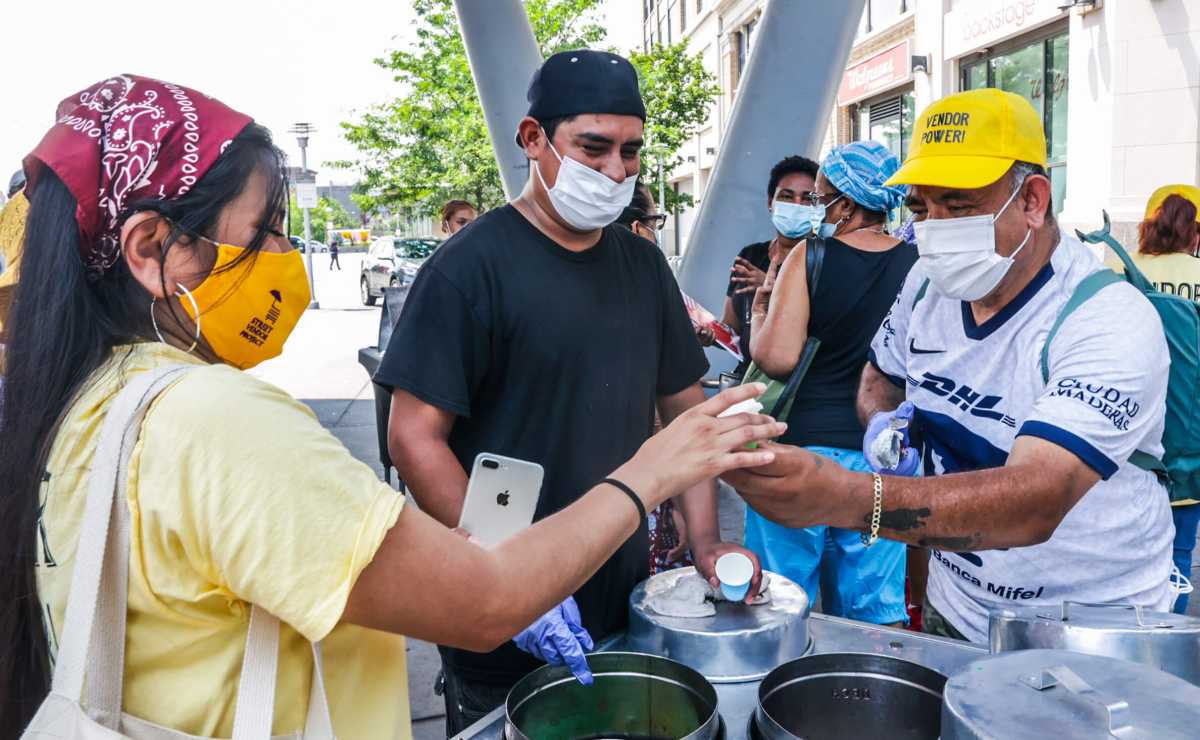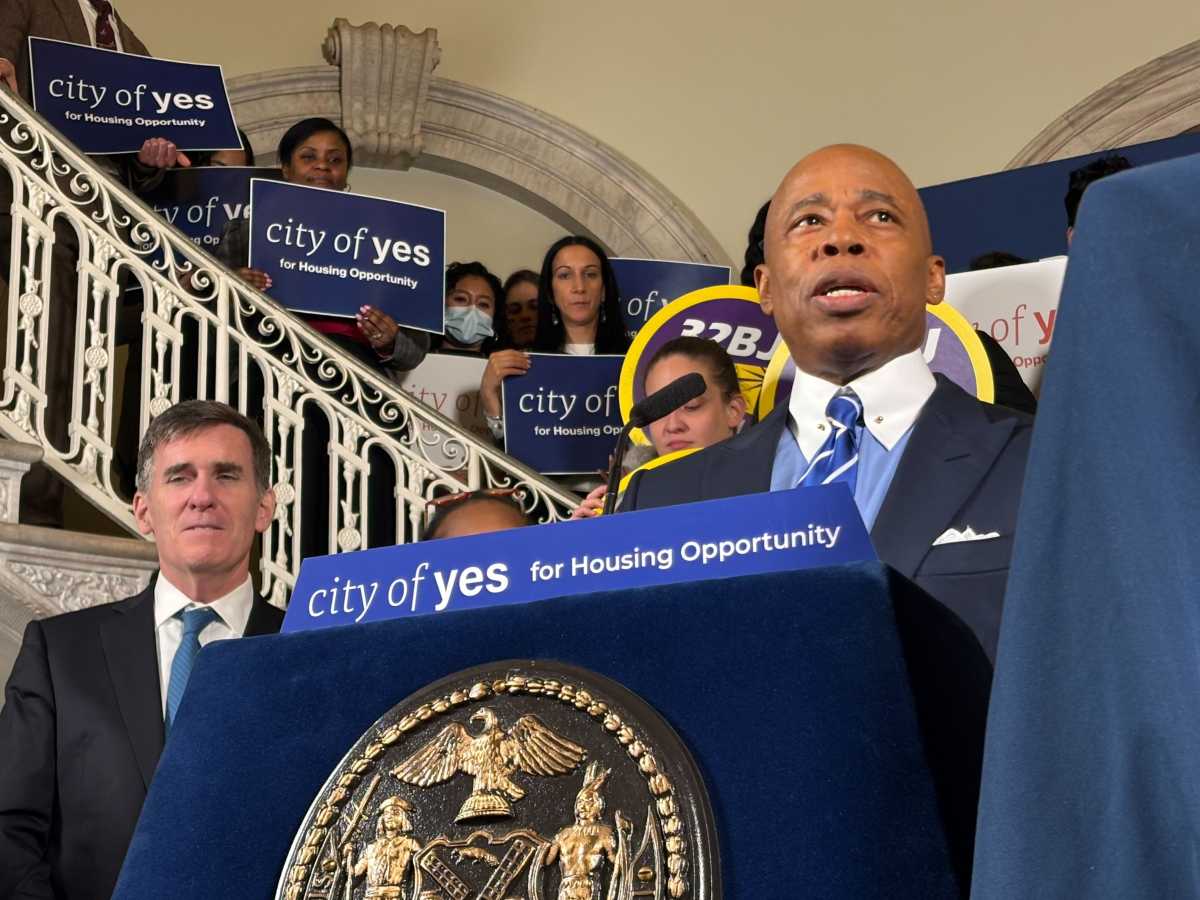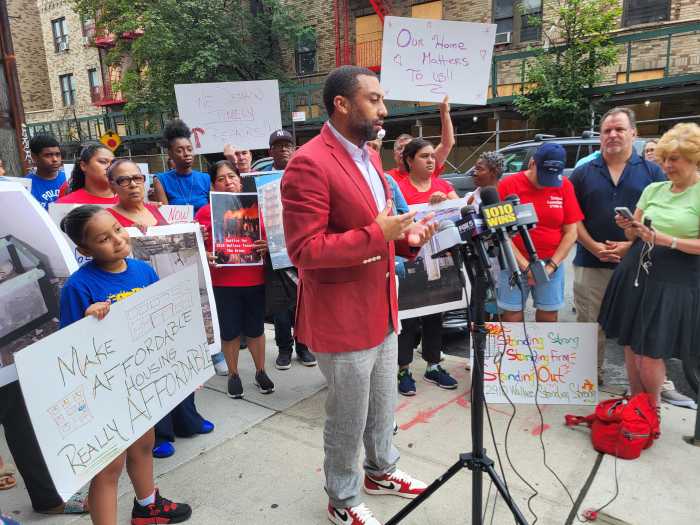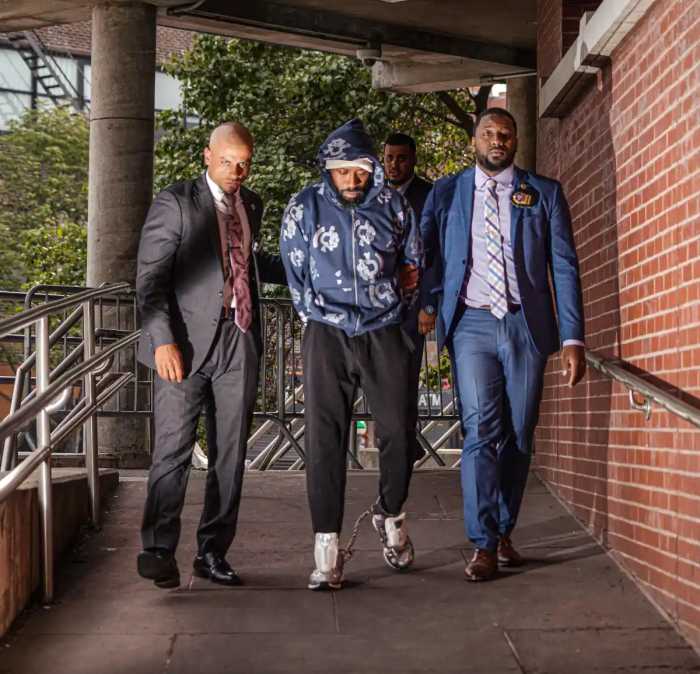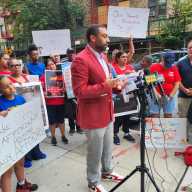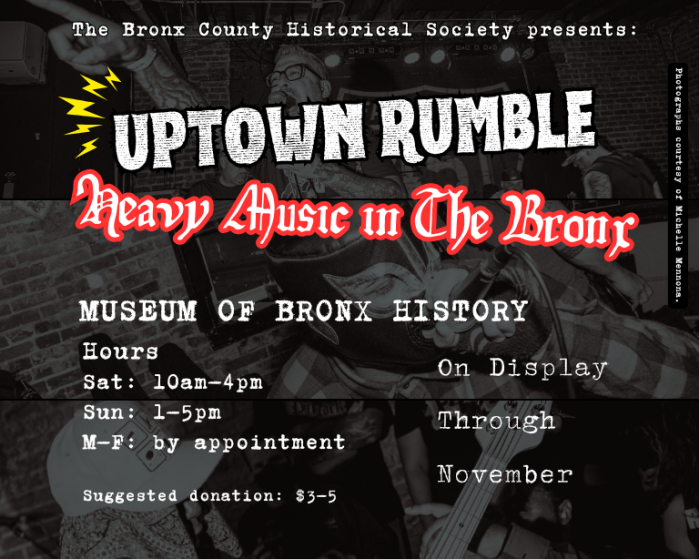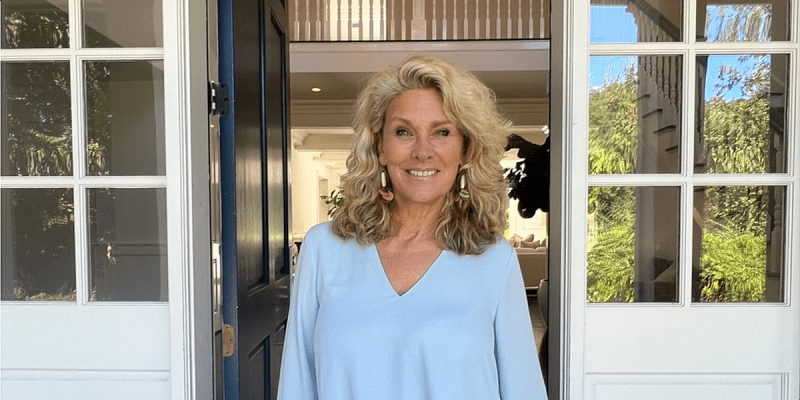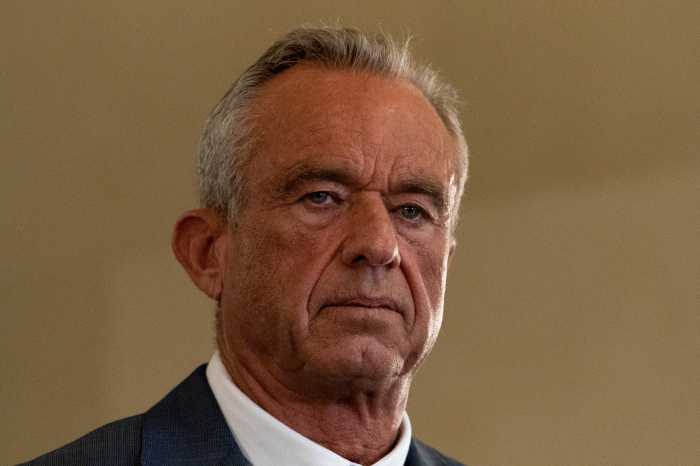This month, for the first time in nearly 40 years, New York City will issue new mobile food vendor permits — now called supervisory licenses — as part of a 10-year initiative that will see 4,450 supervisory licenses by 2032, in an effort to meet the increasing demand for the legitimization of the city’s street vendor businesses.
The rollout, under the city Department of Health and Mental Hygiene, will issue 445 new supervisory licenses each year with priority for vendors that have been on the current waiting list for food vendor permits followed by those who have been operating continuously with licensure since March 1, 2017.
City officials believe doing so will alleviate onerous backlogs for vendors who have been waiting more than a decade for city-recognized licensure, but vendors and their advocates are taking umbrage with a few of the health department’s stipulations such as vendors on the waitlist will not get to choose if they get a Manhattan license or an outerborough one, under the department’s consolidated singular list for new licensure.
Concerns from vendors at a public hearing held by health department officials on June 30 ranged from those on waitlists for a decade-plus fearful of being moved from longtime locations once they finally receive a license to street vendors who began businesses after 2017 — many during the pandemic — being excluded from the city’s new rollout.
Antonio Guerrero, a Bronx Mexican food vendor in The Hub for the past four years, received his mobile food vending licensure in 2019, but under the city’s new plans would not be considered a priority.
“I am here today because I find it unfair that street vendors like myself are not allowed to be on the waitlist for the new supervisory licenses,” he testified at a hearing with health department officials. “I believe that these new licenses are addressing a very important issue, the underground market, but it should also improve access to licensing more generally.”
New York’s street vendors generate annually an estimated $71.2 million in local, state and federal taxes, $293 million to the city’s economy, $192 million in wages and create 17,960 jobs in the city.
But for decades, demand for licensure has been curtailed by the city’s decades-old cap on licenses that held the number of licenses static at 3,000.
The city is expected to grant 100 licenses to work in Manhattan, 300 supervisory licenses to work exclusively in the outer boroughs and 45 license exclusively for veterans and disabled persons.
Street vendors across the city and their advocates are instead calling for the health department to create two lists: a citywide, Manhattan-focused list and an outerborough one.
However, demand for licensure is far greater in the outer boroughs, and the prospect of being relocated from vendor hot spots like Fordham Road for Bronxite Benny Matos, who has been on the city’s licensure waitlist for six years and has worked without a permit for eight years, is unsettling.
“There’s no meeting in the middle. It’s either do this or face the consequences, but many of us do this because we are chasing the American dream and trying to make it our own way,” Matos said through translation. “Being on Fordham Road allows me to drop home on breaks to see my daughter while she’s home over the summer, and for many, any change in location will upend their business.”
The Bronx Times is still awaiting comment from health department officials on vendor feedback regarding the proposals.
Data compiled by the Bronx Times show that among the 11,923 open applications on a waiting list for licensure by the city’s Department of Consumer Worker Protections (DCWP), 2,981 Bronx-sited vendors are still awaiting approval or denial for official general vendor licensure by the city — the second-highest waiting list total behind Brooklyn’s 3,096 vendors.
The Street Vendor Project, a key group at the forefront of the recent street vendor movement in NYC, points out that the city’s supervisory licenses are still not enough to meet the demand as roughly 10,000 individuals who are either continuously licensed vendors or were on a permit waiting list before the cap-lifting measure Intro 1116 was enacted.
The alternative, those advocates fear is that vendors will either rent a permit from existing permit-holders on an underground market for up to $25,000 or vend without a permit, which can lead to the issuance of heavy $1,000 fines, often the entire weekly sales of a vendor.
Local restaurant associations have criticized any lifting of the cap as dangerous for restaurant jobs, which are in steep decline since the pandemic.
There are studies from multiple U.S. cities, however, suggesting that food carts provide minimal competition to brick-and-mortar restaurants, because they locate in different areas and serve different clientele.
DCWP, with a dedicated enforcement office, has issued more tickets in the third quarter of 2021 — when it took over enforcement from the NYPD — than the cops did in the equivalent amount of time in 2019, with the main offense being unlicensed street vending.
Reach Robbie Sequeira at rsequeira@schnepsmedia.com or (718) 260-4599. For more coverage, follow us on Twitter, Facebook and Instagram @bronxtimes

